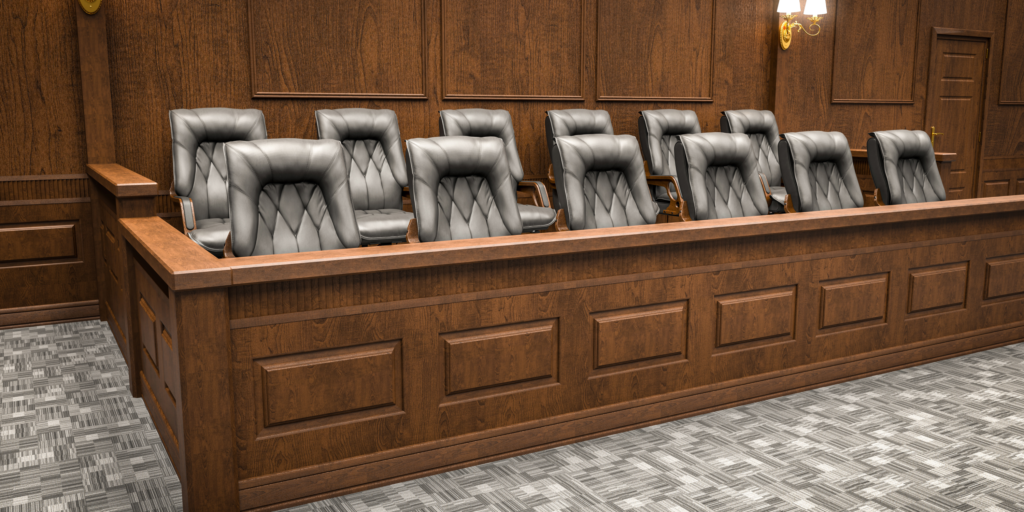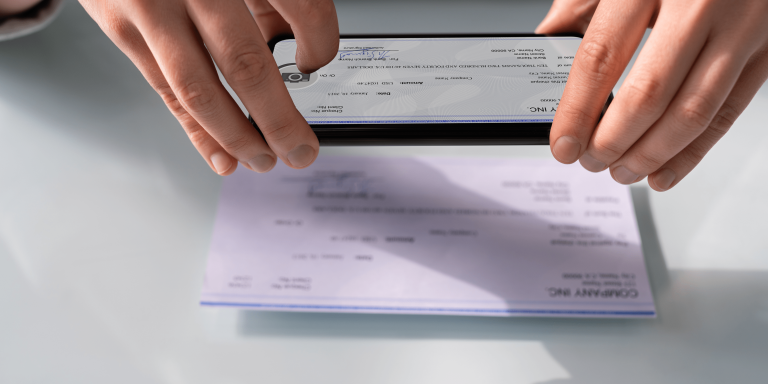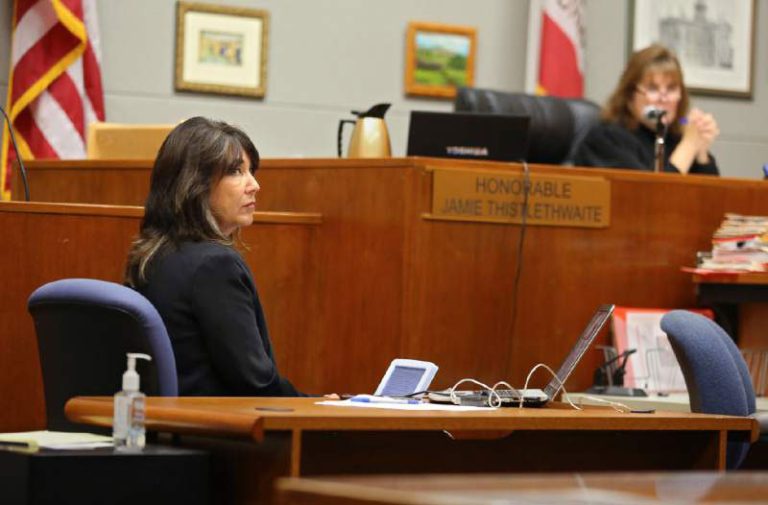Enter the exciting world of remote court reporting! In the digital age, technology has transformed many businesses, including law. Court processes are no longer limited to a courtroom. Legal procedures can now be attended by lawyers, judges, and witnesses worldwide thanks to remote court reporting.
Imagine holding a deposition or trial remotely, saving time on travel and convenience for everyone. Remote court reporting enables seamless virtual interactions that preserve the legal process while embracing technology.
Advantages and Disadvantages of Remote Court Reporting
Virtual court reporting, or remote court reporting, is growing in the legal industry. This revolutionary technology has pros and cons for lawyers, judges, and other legal parties.
Remote court reporting improves accessibility. Participants can attend proceedings from anywhere with an internet connection using this technology. This minimizes travel costs and lets people engage without disrupting their routines.
Enhanced efficiency is another benefit. Scheduling disputes and courthouse delays are reduced via remote court reporting. It also allows real-time transcribing, assuring accurate records quickly.
Cost-effectiveness is another benefit. Remote court reporting can save legal professionals money by eliminating travel and administrative expenditures.
We must acknowledge that this technology has drawbacks. Virtual hearings may include technical issues that disrupt dialogue or result in partial transcripts.
Remote court reporting may not work for many instances or for people who prefer courtroom interactions. Virtual platforms may lose personal ties and nonverbal indications.
Technology like high-quality video conferencing and secure cloud storage solutions is helping remote court reporting expand quickly despite these challenges.

The Evolution of Remote Court Reporting
Technology has transformed several elements of the legal sector, including court reporting. Stenographers no longer need to be in courtrooms to precisely transcribe every spoken word. Communication and video conferencing have made remote court reporting a game-changer.
Attorneys can now access real-time transcripts worldwide thanks to remote court reporting. If individuals cannot attend a trial or hearing, they can keep informed and participate online. Remote court reporting has improved legal efficiency and convenience.
Scheduling conflicts and travel constraints no longer delay proceedings. With remote court reporting, attorneys no longer have to reschedule cases due to absence or inconvenience. Just connect digitally and proceed with minimum disruptions.
Remote court reporting systems, like any technology, have drawbacks. Providing reliable internet access for judges, attorneys, witnesses, and reporters is one such difficulty. Technical glitches during live streaming may also impede events.
All stakeholders—court administrators included—must invest in robust infrastructure and give remote technology training to overcome these issues and assure smooth virtual hearings or depositions.
How the Legal Process Has Been Affected by Remote Court Reporting
Remote court reporting has transformed the legal process. Lawyers, judges, and witnesses no longer need to be in court. Remote court reporting has transformed case management with improved technology and video conferencing.
Improved legal efficiency and accessibility are important effects. Remote court reporting streamlines communication between all parties. Lawyers can now attend hearings and depositions from home or their offices, saving time and money.
Remote court reporting allows more hearing and deposition schedule flexibility. Participants no longer need to coordinate conflicting calendars or wait for courtroom availability. Streamlining processes speeds up client resolution.
Remote court reporting has drawbacks. Internet outages and audio/video difficulties can disrupt events and hinder communication. In the digital age, data security and confidentiality are vital.
Despite these obstacles, technology is improving remote court reporting. Efficiency and access to justice will improve as internet platforms grow more complex and reliable.

Challenges and Solutions for Implementing Remote Court Reporting
Remote court reporting, like any new technology, has drawbacks. Security and confidentiality of sensitive legal proceedings are important challenges. Remote courtroom access risks unauthorized access to privileged information. Encrypted communication channels and stringent user authentication are needed to fix this.
Another problem is adapting to remote court reporting technology and infrastructure. Courts and lawyers need reliable internet and video conferencing devices. Stakeholders may need training on features and functions.
Remote proceedings might also make professionalism difficult. In-person interactions often improve non-verbal cues for case parties to communicate. Careful preparation and clear instructions for virtual hearings or depositions help reduce these issues.
Accessibility difficulties for persons without dependable internet connections or enough technological tools are ongoing. This could create a digital gap where some people cannot fully engage in remote judicial hearings owing to technology.
All legal stakeholders must work together to solve these problems. This includes investing in secure IT infrastructure and bridging the digital gap to ensure equal access across various groups.
Remote court reporting has challenges, but proactive steps can overcome them. As technology advances and online judicial procedures improve, we must adjust our methods to improve justice in an increasingly linked world.
Future Implications for the Legal Industry
As technology advances rapidly, the legal sector will change significantly. Technology is already changing the legal process, as shown with remote court reporting.
The legal industry gains efficiency and accessibility. Remote court reporting eliminates the requirement for all parties to attend courtroom or conference room hearings and depositions. This saves time, and money, and makes court processes easier for people with physical disabilities or in remote places.
Effective collaboration and communication are another benefit. Video conferencing lets lawyers communicate with clients, specialists, and other attorneys worldwide via remote court reporting. This allows organizations to expand abroad and handle problems they couldn’t before.
Remote court reporting affects cost savings. Traditional court processes can be expensive owing to travel, lodging, and lost productivity. Remote hearings can minimize or eliminate these costs.
As remote court reporting becomes increasingly common in the legal business, there may be issues to overcome. Virtual proceedings present challenges like data security and privacy. To safeguard sensitive data, courts and law firms must establish strong cybersecurity procedures.
Some legal industry stakeholders may oppose adopting new technology like remote court reporting. These advancements’ benefits must be communicated, and professionals trained to use them effectively to overcome this opposition.
Conclusion
As we have examined the impact of remote court reporting on the legal process, technology continues to change judicial proceedings. Remote court reporting is more accessible, efficient, and cost-effective. Legal practitioners can collaborate seamlessly regardless of location.
Remote court reporting, like any technological progress, has drawbacks. To maintain smooth operations, connection and security issues must be addressed. These obstacles can be overcome with appropriate preparation and strong solutions.
Looking ahead, technology will continue to impact the legal business. As AI and machine learning improve rapidly, we may expect additional inventions that streamline operations. There are countless possibilities, from automatic transcribing software to virtual reality jury trial simulations.
Technology is crucial for legal progress, but it should never replace human expertise and judgment. Translating complex hearings or supporting clients with empathy requires a personal touch. Therefore, balancing cutting-edge technology and ancient customs is crucial.











